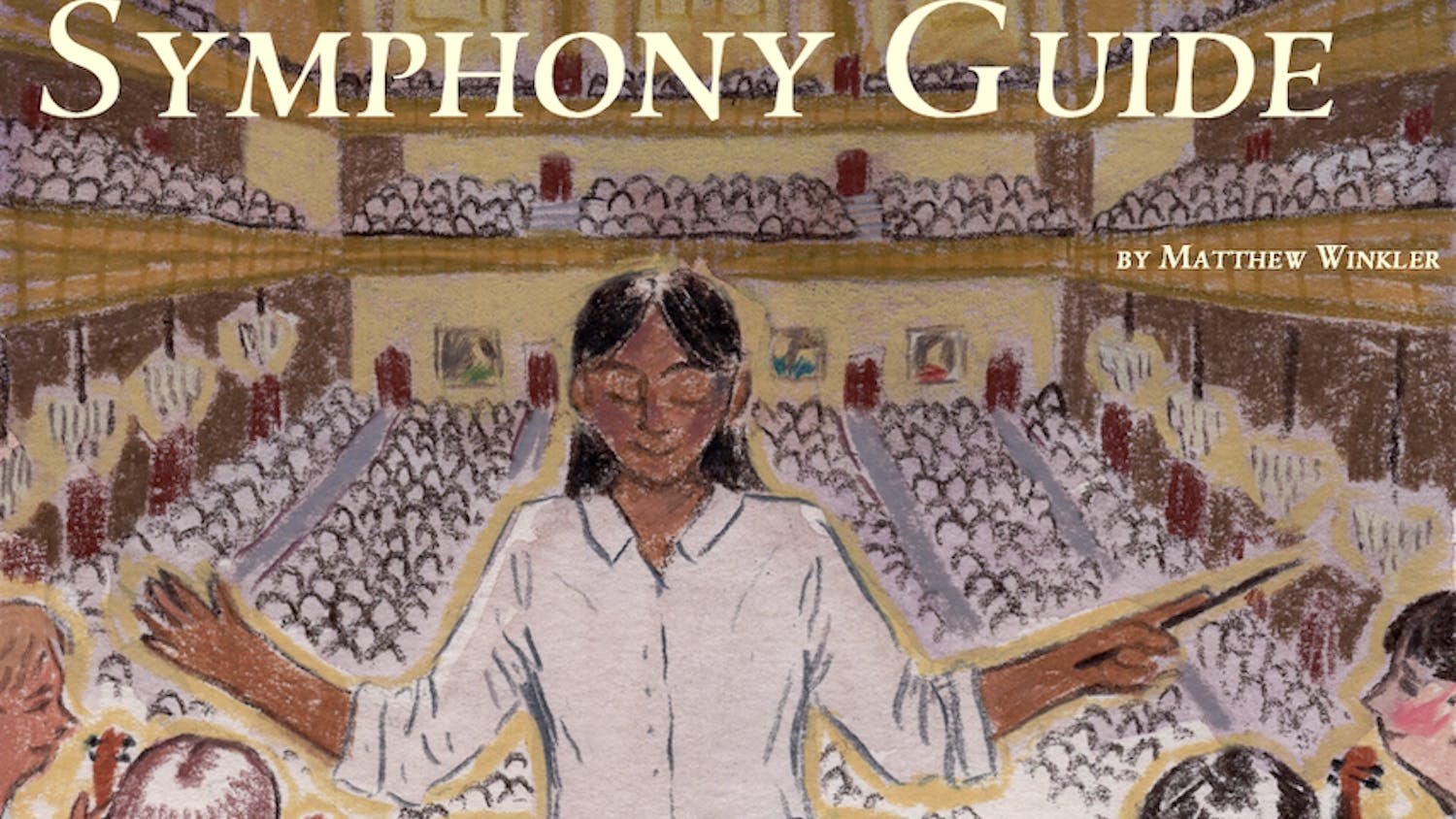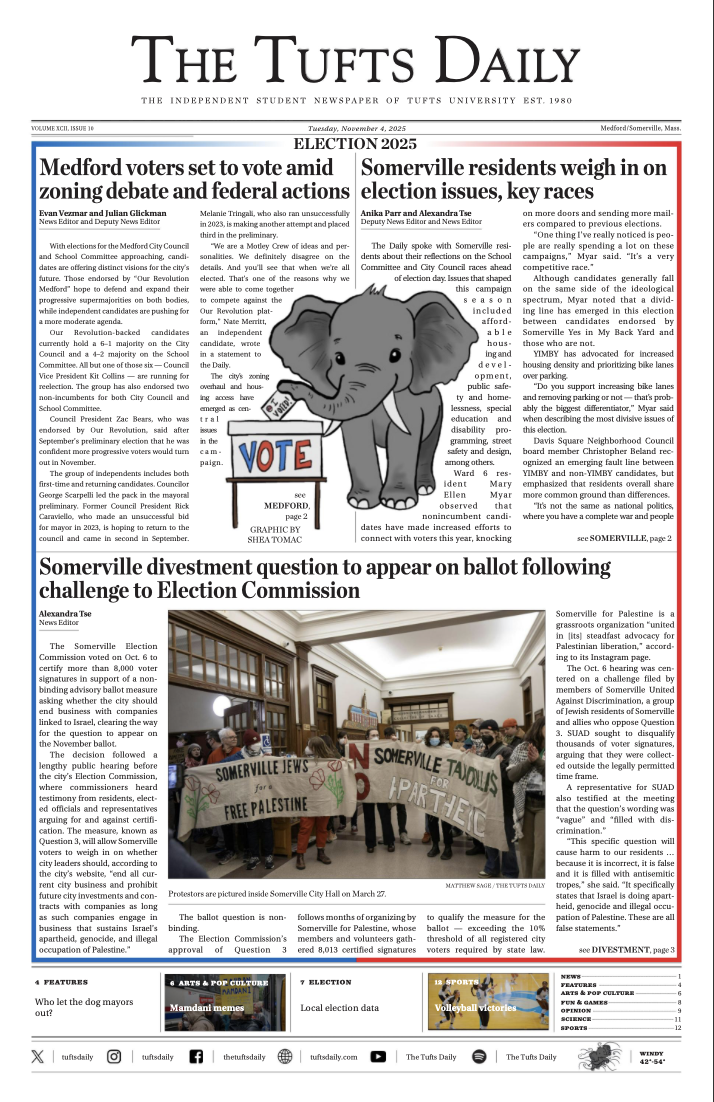Maybe you had a 15-page paper and an exam due the next day and were falling asleep at your computer. Maybe you were drunk and wanted to see what all your friends had been talking about. Whatever the situation, if you've ever used someone else's prescription drug, you're not alone.
A recent boom in prescriptions for such drugs as Ritalin and Aderol has left more and more students dependent on the substances to get them through work and play. According to the federal Drug Enforcement Administration (DEA), the amount of methylphenidate - the active ingredient in Ritalin - manufactured increased more than 800 percent from 1990-1999, and production of Aderol has increased 2,000 percent over the same period.
Methylphenidate is a stimulant that enhances the flow of dopamine in the brain and increases impulse control and attention span. The drug is often prescribed for those suffering from Attention Deficit Disorder (ADD) and is used to "stimulate" the under-active part of the brain to control hyperactivity.
Ritalin produces stimulant effects such as appetite suppression, increased attentiveness, and euphoria. It can also increase heart rate and blood pressure and is capable of producing severe psychological dependence, according to a report in the New York Times ("New campus high: illicit prescription drugs" 3/24/2000). The DEA considers Ritalin a Class II controlled substance, the same schedule category as cocaine.
Aderol, an amphetamine, is also a stimulant used to treat ADD and has a high potential for abuse and addiction.
One Tufts sophomore, who asked to remain anonymous, recently had a prescription for Aderol and distributed the drug freely. "Unfortunately," he said, "nobody ever bought it. I just gave it out to my friends." The sophomore said he didn't feel guilty for supplying the drug, since the doctor who wrote his prescription told him that there were few side effects and little or no evidence that it caused death or strokes.
"As long as you give it out for free, it's okay," the student said. "I'm not a drug pusher."
Occasionally his friends would seek out the drug when they had a lot of school work to do and needed to stay awake, but for the most part, they mixed it with alcohol and other drugs.
"Whenever anyone had to stay awake, I'd offer it to them," the sophomore said. "But most of the time, it was when they were drunk and they were looking for something else, I'd be like, 'I have Aderol.' But I tried to let them know it was better for staying awake." For the most part, the sophomore didn't abuse Aderol himself, taking it as prescribed and when he needed to stay awake. "Since I have insurance, it gives us a 50-year supply, so I had more than I would ever need in my lifetime," he said.
But occasionally he would also mix it with alcohol. "I didn't think it was healthy but you go through those stages where you see how many substances you can put into your body," he said.
Although he has stopped handing the pills out, there was no dramatic end to his distributing days. "Most of the time, there haven't been any side effects. When I was home, I gave a ton of it to my friend and I don't think it's addictive, but he developed a psychological addiction," he said, adding that it made his friend thirsty and caused some signs of withdrawal when he stopped taking it.
Another sophomore has experience with taking prescription painkillers for fun. In the past, he has taken Vicodin, Percocet, and "some sort of anti-depressant." Vicodin is a class III substance, while Percocet is class II, a more potent painkiller. Percocet is a mixture of narcotic and acetaminophen (tylenol), the narcotic element making the drug addictive.
"I'm not taking any now - I'm all out of them," he said.
He is unsure about the name of the anti-depressant he took, but he remembers the experience. "That was a bad one. That one made me black out and send creepy instant messages to my ex-girlfriend," he said. Other than that, however, he never had a bad experience with prescription drugs.
The student used the prescriptions to enhance his partying experience - whether it be drinking or getting high. For him, taking the prescription drug wasn't as "bad" as taking other drugs, such as ecstasy, cocaine, or heroin. "I don't think it's as bad as that just because painkillers have the same effects as alcohol. For me, it just enhances being drunk."
What they couldn't provide him was the heightened concentration that medicines like Ritalin provide. "They aren't effective study aids," the sophomore said. "When you take painkillers and stuff, it enhances whether you're drunk or high for a while, but after a little while you just want to go sleep because it makes you so relaxed. It's not a good thing to do if you want to stay up."
Although he said that he had been taking other people's prescriptions about once a week, he's slowing down. "Right now, I'm trying to cut down on everything. I took my last one on Friday because it was my birthday," he said.
His decision stems from overall discontent with the practice of taking the drugs. "There is the issue that I'm completely out of them, but that's not really why I'm stopping. I'm getting pretty bored with not sleeping ever and feeling [horrible] on the weekends," he said.
He does not feel that he was putting himself in too much danger, however, with his recreational use. "I think it'd be kind of dangerous if you got addicted and you blew out all your pain receptors," he said. "But in moderation, it's probably no worse than drinking."
However "safe" he feels these drugs are, he does feel that they can be a gateway into illicit drugs. "I think it could be, just because it's something that's different than just drinking alone, so it makes you more curious about other things."
The students' misconception that mixing alcohol with certain drugs is "safe" greatly concerns Alcohol and Health Education Director Armand Mickune-Santos.
"The scary part of students sharing prescriptions is the deadly combination of mixing alcohol with these prescriptions because it's dangerous and life threatening," he said. "We are socialized to believe that alcohol is harmless when used in smaller quantities." Mickune-Santos added that feelings of thirst induced by these drugs often cause users to consume more alcohol.
The recent prescription drug craze has not been without its consequences. In March of 2000, Trinity College senior Josh Doroff died from a lethal combination of several prescription drugs, which was an eye-opening event for many universities. According to the Times, Doroff had mixed Ritalin with alcohol as well as other drugs. While his is an extreme case, his death raised many questions about the safety of young adults in a world where these drugs are readily available.
"I have talked with students who snort Ritalin and use other students' prescriptions for recreational purpose. Students' use of other people's prescriptions is very common and continues to become more popular with more prescriptions being written today than years past," Mickune-Santos said. "Yet, many students go beyond recreational use and slide down the slippery road of substance abuse by seeking out specific prescription drugs."





